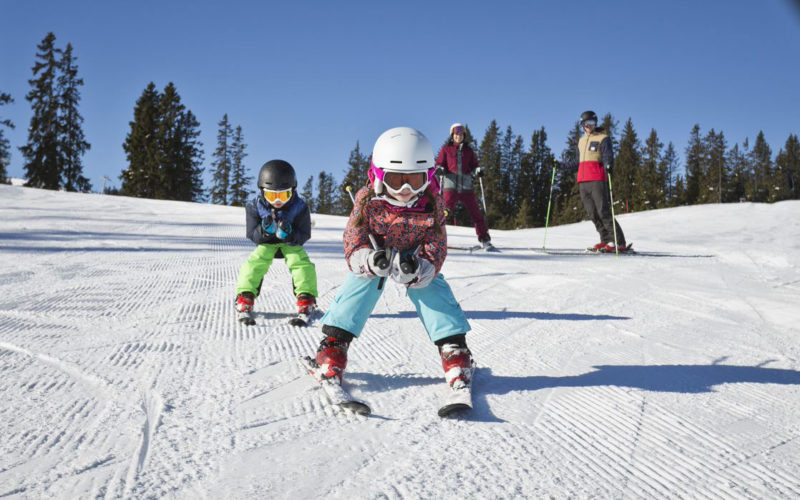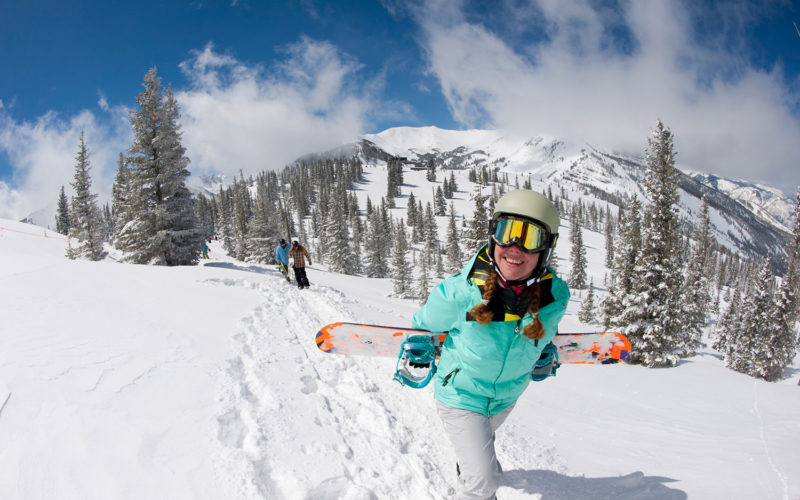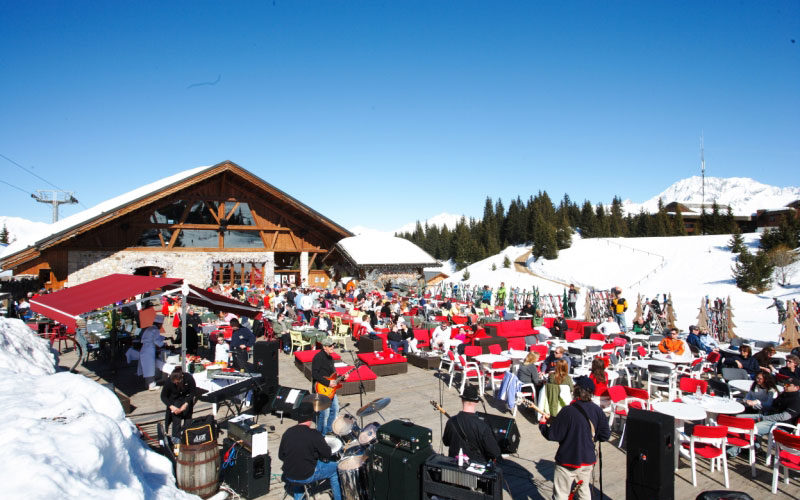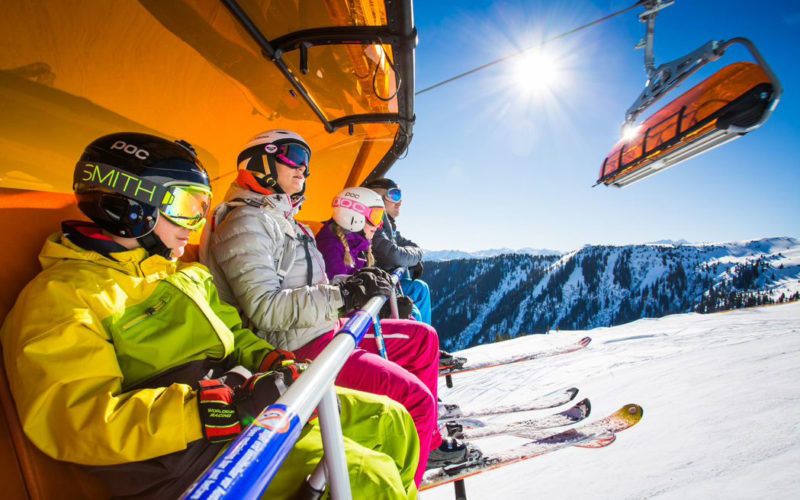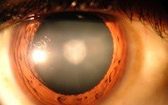UV rays dangerous, warns Met Office.
Bluebird ski days like our group in the Alta Badia are remembered for ever, but all skiers are not as smart as our Dolomites group who are all eye-protected, because if you don’t you risk soaking up as many dangerous ultraviolet (UV) rays as sun worshippers on the beach.
This warning today from Britain’s Met Office highlights how the sun’s UV rays are more damaging in alpine regions because you absorb both the direct UV rays and the diffuse UV rays reflected off the snow. For every 1,000 feet above sea level UV rays increase by up to 5 per cent so an 8,000 foot peak receives 40 per cent more UV exposure than the same area at sea level.
Sunburn - Snow tans look great, but snowfields reflect around 85% of the sun's UV rays so you may burn in unusual places such as the underside of your chin and ears. Up to 80% of the sun's UV rays penetrate light clouds, and what gets through can reflect back and forth between the clouds and the snow.
So even if it's cloudy it's important to protect yourself. The British Association of Dermatologists advises using a sun cream with a sun protection factor (SPF) of at least 30 and reapplying it regularly to all areas of exposed skin.
Extreme sunburn can be very serious, and all sunburn can cause serious ongoing health effects, however most people initially experience mild symptoms, such as hot, red skin.
Protecting against sunburn is very important as excessive UV radiation directly damages the DNA in your skin cells. In many cases, not all sun damage will be fully repaired by the body's defence system, so it will gradually cause advanced skin ageing over the years and may lead to skin cancer.
Learn more about how to protect yourself from Sunburn and get up-to-date information from our UV forecast Map.
UV harms eyes - Diffused UV rays reflected off the snow subjects your eyes to twice as much UV light, making it vital to wear polarised sunglasses/goggles to reduce eye damage. UV radiation can have both short-and long-term effects on our eyes. We often protect ourselves against UV by using sunscreen or wearing protective clothing, but it’s equally important to protect eyes, as radiation damages the eye's surface tissues as well as the cornea and lens. UV can burn the surface of the eye much like sunburn on skin. To protect eyes from UV exposure wear good quality UV protective sunglasses.
Long-term exposure to UV radiation is a significant risk factor for cataract development - the world’s leading cause of blindness, because this is where damage is caused to the retina in the eye-and usually not reversible.
Vitamin D - helps regulate the amount of calcium and phosphate in the body, and both are needed to keep bones and teeth healthy.
Your amount of time in the sun to generate enough vitamin D varies from person to person. People can often generate enough vitamin D by spending just a few minutes in the sun. This means people can take the necessary precautions to protect themselves from burning and reduce their risks of developing skin cancer whilst still enjoying the health benefits from sunlight.
UV App - Get UV forecasts for UK and worldwide locations on the Met Office app.
- iPhone the app is available from the App store.
- Android app from the Google Play store
- NEXT – GSG EXPERT CHRIS EXALL ADVISES ON BEST EYE PROTECTION
 Good Ski Guide The Worlds Most Loved Ski Guide
Good Ski Guide The Worlds Most Loved Ski Guide

